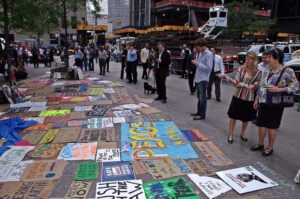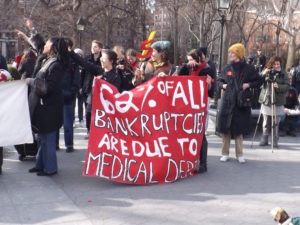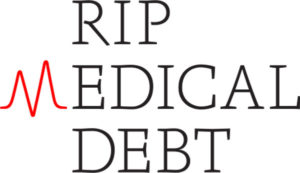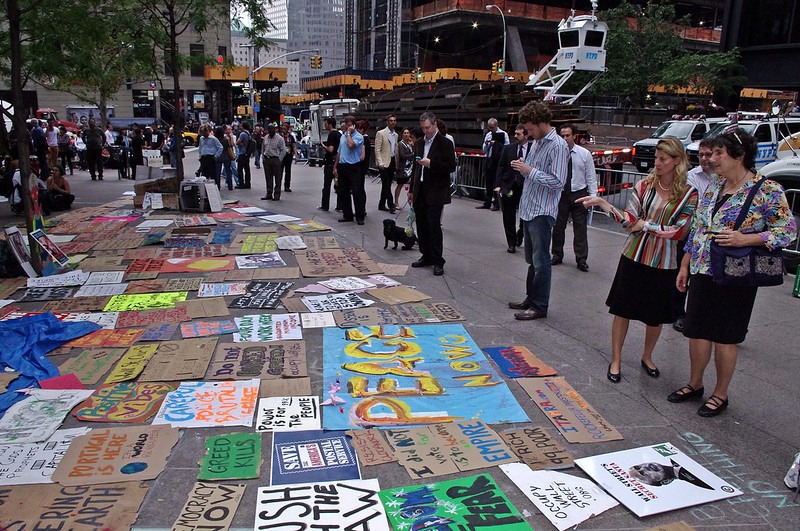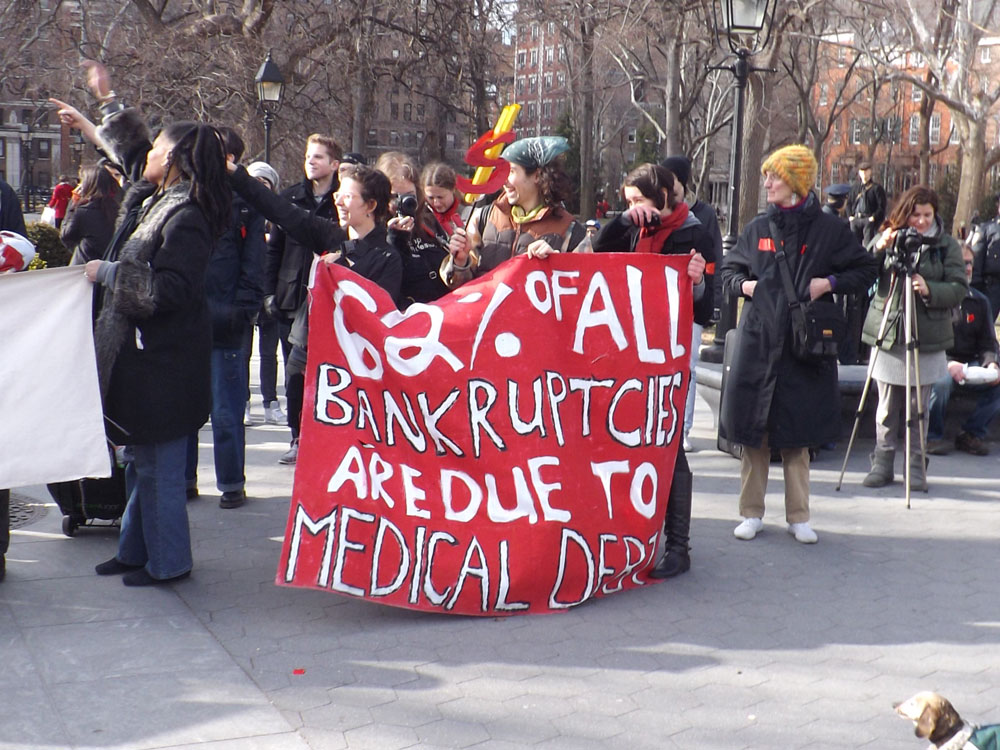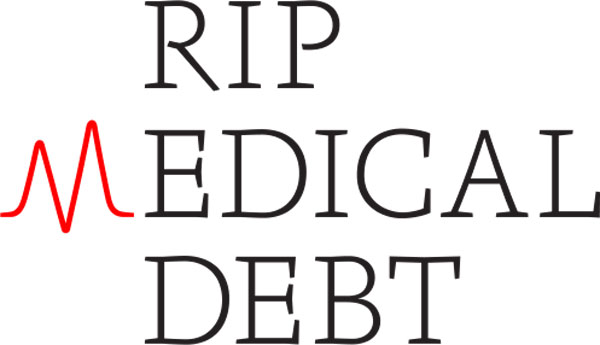November 5, 2011; Source: Clawback | If you haven’t read the Clawback blog (produced by the Good Jobs First resource center), you should—if you’re interested in understanding the variety of government subsidies going to well-heeled corporations. The nuggets of subsidy schemes the Clawback researchers and writers uncover are rarely discussed outside of the blog.
For example, we knew that Zuccotti Park, where Occupy Wall Street protesters are camped out, is privately owned. It was obviously a density bonus tradeoff—that is, the creation of open space for the public in return for the city’s giving the adjacent office tower (One Liberty Tower, developed 40 years ago by U.S. Steel) additional floors. This is not uncommon. Most cities give developers density bonuses in return for publicly accessible open space or other tradeoffs.
Clawback believes that the OWS protesters might justify their claim to access of Zuccotti Park because the park—or, more accurately, Brookfield Properties, the current owner of the park and the related office building, One Liberty Plaza—has been the direct and indirect beneficiary of $174.5 million in city and state government subsidies. Clawback provided this table as a summary of the subsidies:
The subsidies that are specifically directed to One Liberty Plaza total “only” $20 million; the remainder targets other Brookfield properties in downtown New York, including grants received by Brookfield after 9/11. The Brookfield tenants receiving the largest subsidies at One Liberty Plaza are these:
|
TENANT |
SUBSIDY AMT |
|
New York Life Care Health Plus |
$607,000 |
|
Arch Insurance Company |
$703,500 |
|
FolksAmerica Holding Company Sign up for our free newslettersSubscribe to NPQ's newsletters to have our top stories delivered directly to your inbox. By signing up, you agree to our privacy policy and terms of use, and to receive messages from NPQ and our partners. |
$785,000 |
|
Zurich American Insurance Company |
$1,600,000 |
|
Cleary, Gottlieb, Steen & Hamilton |
$1,700,000 |
|
Royal Bank of Canada |
$3,000,000 |
|
NASDAQ |
$9,666,000 |
The NASDAQ subsidies came from the Industrial Development Authority. The subsidy source for the others in this list is the Lower Manhattan Development Corporation/Empire State Development Corporation.
The relevance of this to OWS? Part of the Occupy argument is that government programs favor and sustain the power of the 1 percent and the corporate players they control. To some, Zuccotti Park may be representative of the government policies that the Occupy movement decries. But making Zuccotti Park the home base for OWS may be apt—both because of the use of privately owned park space that is not subject to public park regulations and because of its representation of the government subsidy of the large corporate tools of America’s 1 percenters.—Rick Cohen


